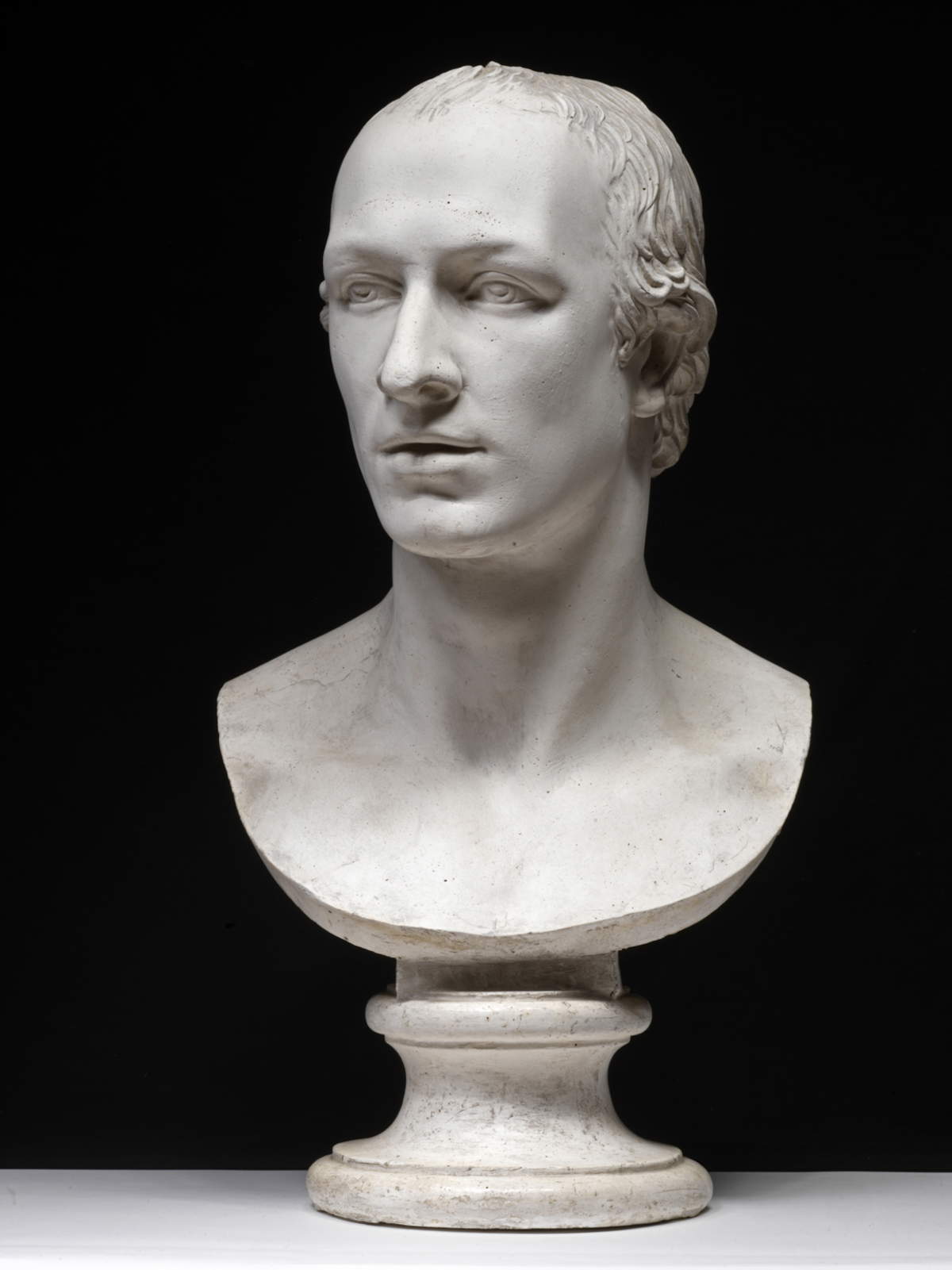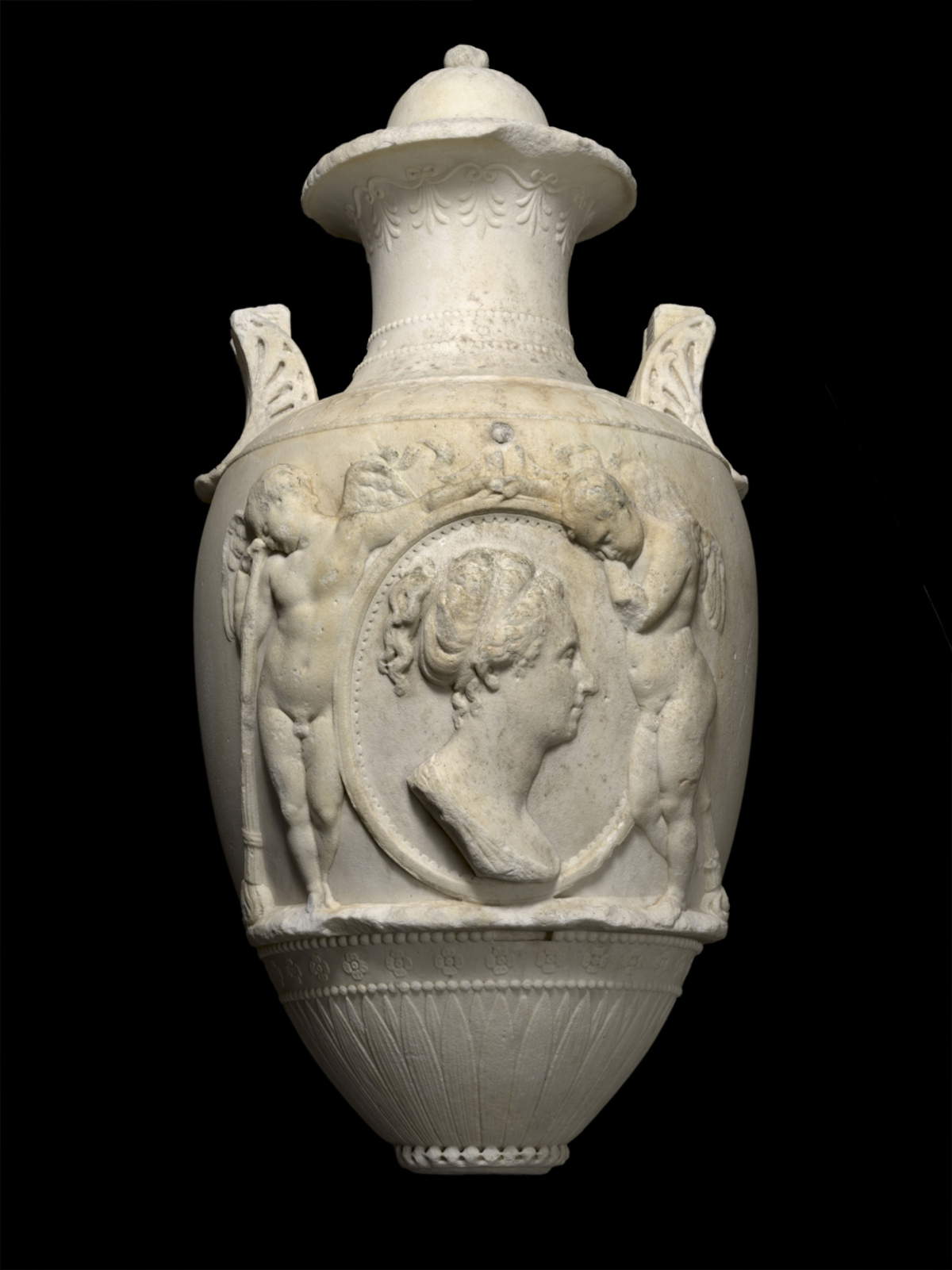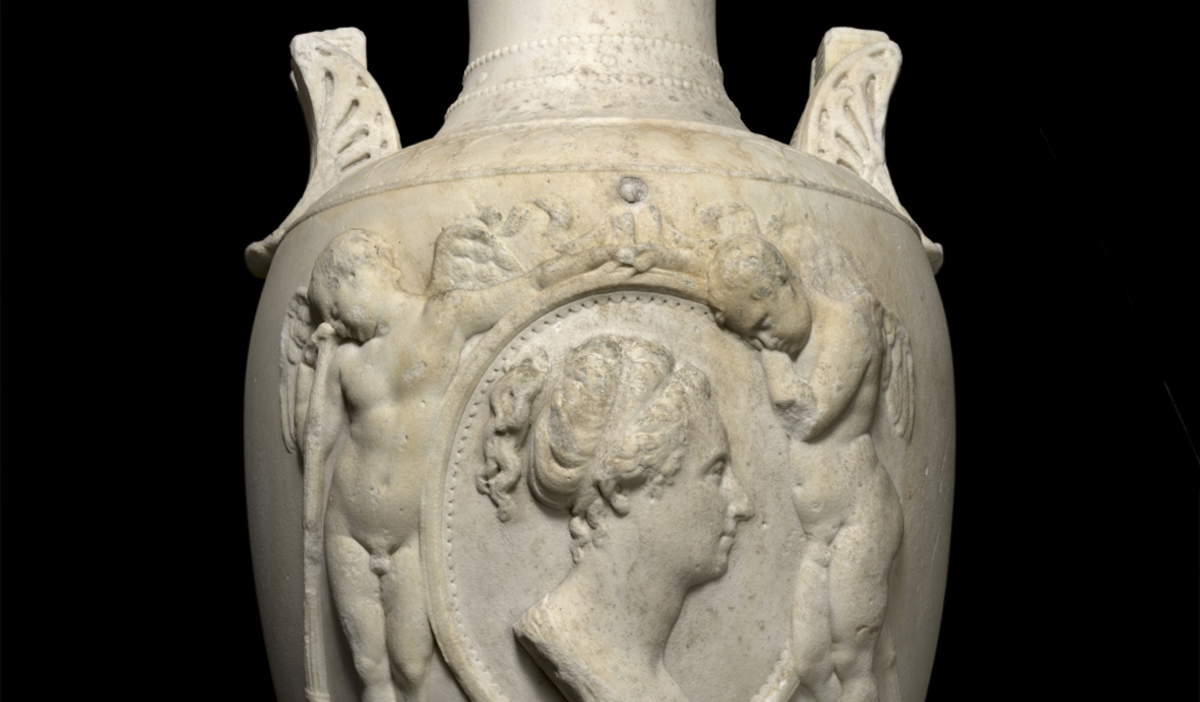For technical and organizational reasons, the exhibition THE CANOVA NEVER SEEN. Works from the Episcopal Seminary and the Church of the Eremitani at the Diocesan Museum of Padua initially scheduled for fall 2024, has been postponed to March 2025. Curated by Andrea Nante, Elena Catra and Vittorio Pajusco, the exhibition will therefore be open from March 8 to June 8, 2025. However, this postponement proved to be a valuable opportunity: over the past months, the research work accompanying the preparation of the exhibition has brought to light new discoveries, enriching both the exhibition proposal and the documentary apparatus. In addition, the opening of the exhibition will coincide with the start of the 25th anniversary celebrations of the Diocesan Museum (it was officially opened in 2000), housed in the Bishop’s Palace, which for the occasion will be enhanced by a new lighting system provided by iGuzzini.
The centerpiece of the exhibition is the Vaso cinerario (cinerary vase) of Countess Louise von Callenberg, owned by the parish of the Eremitani of Padua and originally placed in the exterior spaces of the church. This marble sculpture, created by Antonio Canova between 1803 and 1807, had been thought to have been destroyed following the March 1944 bombing, which caused severe damage to the city and the Eremitani complex. However, thanks to extensive research on the famous sculptor’s works in the Veneto region and the inventory of CEI’s ecclesiastical cultural assets (beweb.it), the work was found within the parish rooms.
The exhibition will revolve around this significant find: the recomposition of the entire funerary monument designed and created by architect Giannantonio Selva and sculptor Domenico Fadiga will be proposed. The monument included a cippus on which stood the work of Canova, accompanied by an inscription attributable to Johann Wolfgang von Goethe, a stele with an epigraph written by Abbot Stefano Antonio Morcelli, and seven candelabra, each with an inscription dedicated to prominent figures of the time. These elements, also at the center of an interesting story of recovery, which will be reconstructed and presented in the exhibition itinerary.

The exhibition will also include other works by Canova, including the valuable collection of Manfredini prints, and a section entirely devoted to documents, letters and writings by Msgr. Giovanni Battista Sartori Canova, brother and heir of the Possagno artist. 2025 will mark the 250th anniversary of the birth of Sartori Canova (1775-1858), who in his youth studied at the Episcopal Seminary in Padua. Documents will be on display that attest to his deep connection with the institute, which preserves a valuable medagliere containing some 3,600 coins from ancient Rome, some of which were provided by Antonio Canova himself to his brother as an iconographic reference for some of his sculptures.
The works on display will also include casts, plaster casts, engravings, prints, paintings and letters, which testify not only to the artistic value of Canova’s work, but also to his relationship with Padua and his connections with leading figures of the European aristocracy.
The exhibition will take place inside the Diocesan Museum in the Bishop’s Palace. The Barbarigo Hall will host the section dedicated to historical documents, the medagliere and some plaster sculptures, including the bust of Msgr. Sartori Canova. The monumental Hall of the Bishops, on the other hand, will host the reconstruction of the funeral monument of Countess von Callenberg, as it appeared outside the Church of the Eremitani, at the foot of a centuries-old cypress tree that still stands today.
Through works and documents, the exhibition will tell a compelling story, full of almost fictional elements and curiosities, weaving the stories of artists, nobles and intellectuals into a mosaic that takes shape thanks to the pieces on display in the exhibition.
The exhibition is organized by the Diocese of Padua, in collaboration with the Diocesan Museum of Padua, the Diocesan Service for Sacred Art and Ecclesiastical Cultural Heritage, the Library of the Episcopal Seminary and the Diocesan Historical Archives, with the support of the Soprintendenza Archeologia, Belle Arti e Paesaggio for the provinces of Venice, Belluno, Padua and Treviso. It enjoys the patronage of the Veneto Region, the Province of Padua and the City of Padua and was made possible thanks to the support of entities and institutions such as the Province of Padua, the City of Padua, the Padua Chamber of Commerce, Confindustria Veneto Est and 8xmille to the Catholic Church, as well as numerous private sponsors.
Also contributing to the realization of the exhibition were other entities and individuals who joined the project “It’s close to my heart,” promoted years ago by the Diocesan Museum to involve civil society in the recovery and enhancement of the local artistic heritage.

 |
| On display in Padua a never-before-seen Canova and works that testify to his relationship with the city |
Warning: the translation into English of the original Italian article was created using automatic tools. We undertake to review all articles, but we do not guarantee the total absence of inaccuracies in the translation due to the program. You can find the original by clicking on the ITA button. If you find any mistake,please contact us.